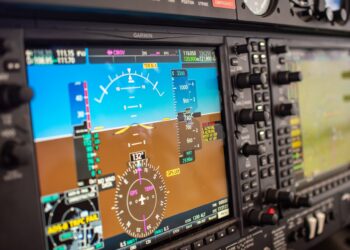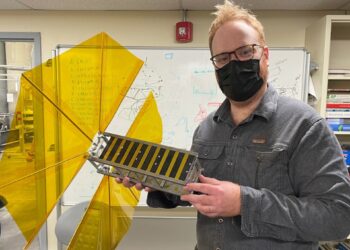GPS is a global navigation system that uses radionavigation to provide users geolocation and time information. It essentially tells people where and when they are.
GPS isn’t the only such system. In fact, GPS is a type of GNSS, which stands for Global Navigation Satellite System. There are currently four global GNSS systems: GPS (US), GLONASS (Russia), Galileo (EU), BeiDou (China). Additionally, there are two regional systems – QZSS (Japan) and IRNSS or NavIC (India). But they all work in the same way.

How GPS works
The secret to GPS is actually a really accurate clock — well, a system of satellites and a really accurate clock.
GPS is a system of 30+ navigation satellites circling Earth (similarly, the other positioning systems like GLONASS or Galileo have their own satellite fleets). These satellites constantly send out signals where they have coverage, and devices like our smartphones listen to these signals.
If you know your distance from a single satellite, that doesn’t really tell you where you are — there are multiple points at the same distance, so it’s impossible to determine a singular solution. The same thing happens with two, and so you need to know your distance from at least three satellites. Of course, in practice, this comes with some errors, and the more satellites you have, the better the accuracy gets (you need at least four satellites for a practical solution).
But how do you know your distance to satellites in the first place?

Well, speed is distance over time (miles per hour, or meters per second). If you know any two out of speed, time and distance, you can calculate the third. The GPS signals the satellites to send out a signal that comes with a timestamp, so you know the time at which it was sent, you can know the time at which it was received, and you know the speed — so you can calculate the distance.
Of course, you need to calculate for various effects that the atmosphere has on the signal, and there’s no way to eliminate all inaccuracies and errors, but researchers are getting better and better at reducing them.
It sounds simple enough, but that’s where you bump into the problem of clocks. The problem is that you need all the clocks on the satellite to work perfectly and be perfectly synchronized — and that’s not an easy task.
Atomic clocks
Precise time is crucial to a number of human activities. Communications systems, power grids, transportation, they all depend on precision and a synchronized measurement of time. GPS is another prime example of how important precise time measurement really is.
Most modern clocks keep time using a quartz crystal oscillator. This is a clever use of a physical property of quartz crystals: they vibrate at a very precise frequency when voltage is applied to them. So when you pass current through a quartz crystal, it’s a microscopic version of a pendulum clock, ticking one side or the other at fixed intervals.
Quartz crystals are accurate enough to measure time within a billionth of a second — but in space, a billionth of a second isn’t good enough. If after an hour, quartz clocks are off by one billionth of a second (a nanosecond), then after six weeks, they could be off by a full millisecond — and in GPS satellites, that translates to a distance error of 185 miles (300 km).
So you need something better, and this is where atomic clocks come into play
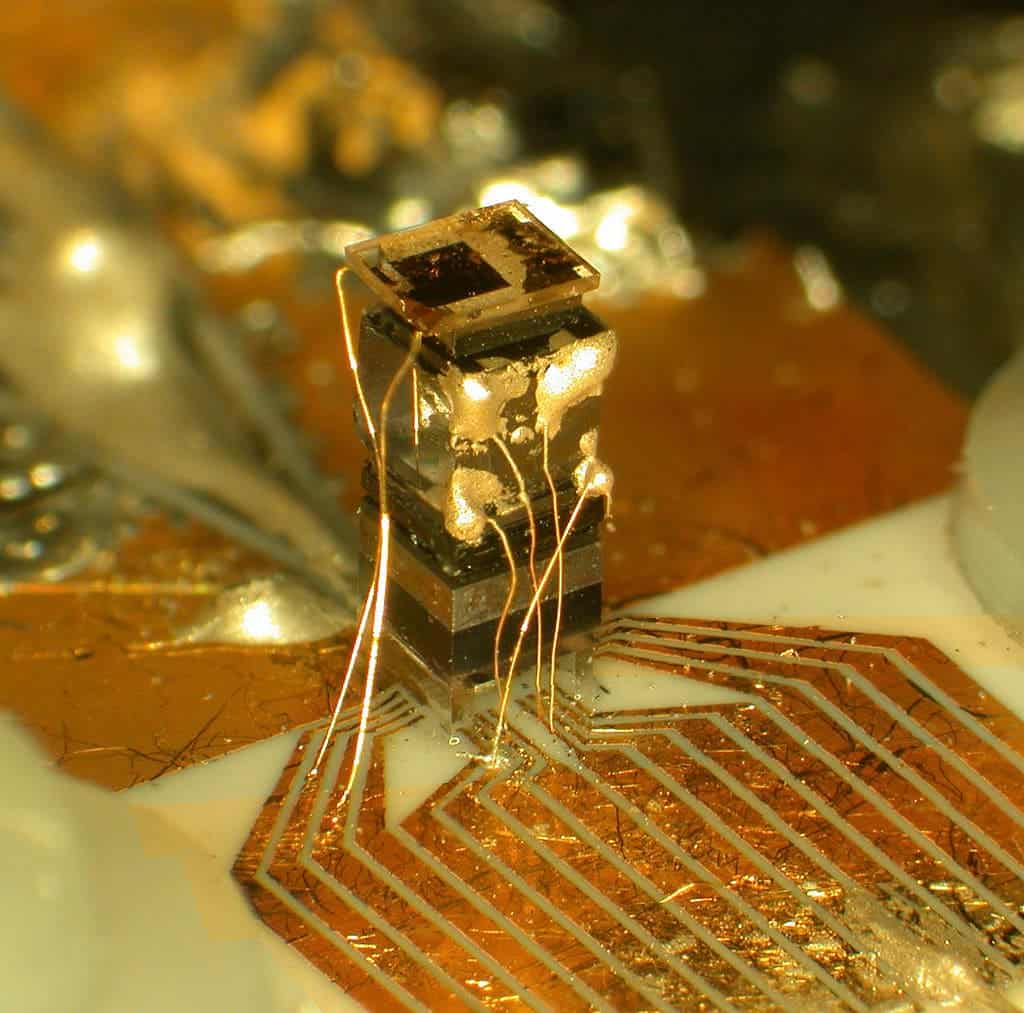
Atomic clocks keep track of time based on atoms. In other words, they replace the quartz oscillator with an atomic oscillator. The problem is that atoms oscillate really fast, and measuring these oscillations is really challenging. But researchers figured out that if you can cool down atoms, they slow down.
Thankfully, in the 1990s, an innovative technique involving lasers managed to cool atoms to unprecedented levels, paving the way for highly accurate clocks. The is to use laser beams to slow down and “trap” atoms, forcing them to move more slowly.
GPS satellites have at least two onboard caesium clocks and up to two rubidium atomic clocks — these being the preferred atoms for atomic clocks.
If you’re wondering, atomic clocks are also how scientists keep track of time — as in, that’s how the unit of time is defined. Since 1968, a second is defined as “the duration of 9192631770 cycles of radiation corresponding to the transition between two energy levels of the ground state of the caesium-133 atom”.
So thanks to laser-cooled atomic clocks, we have a fleet of viable satellites. But even if you have extremely accurate clocks on GPS satellites, you couldn’t have equally capable clocks in handheld, commercial devices such as smartphones. So what good is it all? Well, there’s a clever mathematical trick that can be employed.
The trick lies in the fact that the error of the handheld’s time error can be regarded as another unknown in the attempt to solve the user’s position.
Let’s rewind a bit: remember when we said we needed three satellites to get a GPS position, but in practice, you kind of need four? Well, you need three satellites because there are three dimensions. If we lived on a flat, 2D plane you’d only need two satellites. If we lived in a simple 3D world, we would only need three satellites — but since time is also an unknown, we need another satellite to solve for that. Simply put, it’s like trying to solve an equation in 4D instead of 3D, and you need 4 satellites for this. The four satellites can determine your position (with some error), even if our smartphone’s clock is off by a specific amount.
This works because the error in our smartphone’s clock is the same in relation to all satellites, and our smartphone’s software is smart enough to be aware of this and calculate that error in real-time. A wonder of engineering!
How accurate is GPS
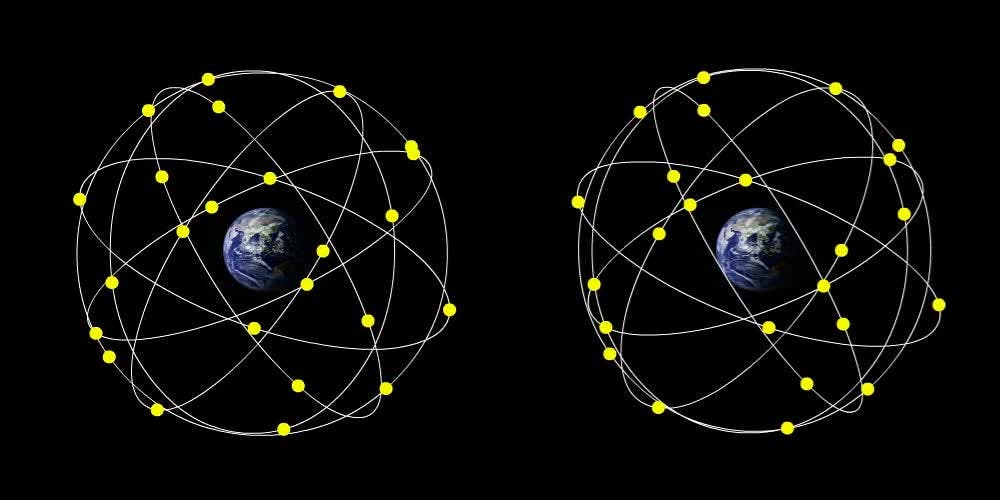
The basic GPS service provides users with under 8-meter accuracy (26-feet), 95% of the time, anywhere on or near the surface of the earth. If you’re in a not-very-remote area, the odds are that GPS is far more precise than this.
In practice, if you’re in an area with decent coverage, you’re likely to get 3-4 meter horizontal accuracy, and in some cases, even better. In areas with very good coverage and no obstacles, your accuracy can be up to 30 centimeters.
There are also ways to augment existing GPS signals. Differential GPS (DGSP) can provide centimeter-level accuracy by a network of fixed ground-based reference stations to broadcast the difference between the positions indicated by the GPS satellite system and known fixed positions.
Another augmentation, real-time kinematic (RTK) GPS can offer even better precision, allowing surveyors to map or monitor areas with fine precision. All these augmentation methods are possible for other satellite fleets, not just GPS.
Why GPS accuracy matters so much
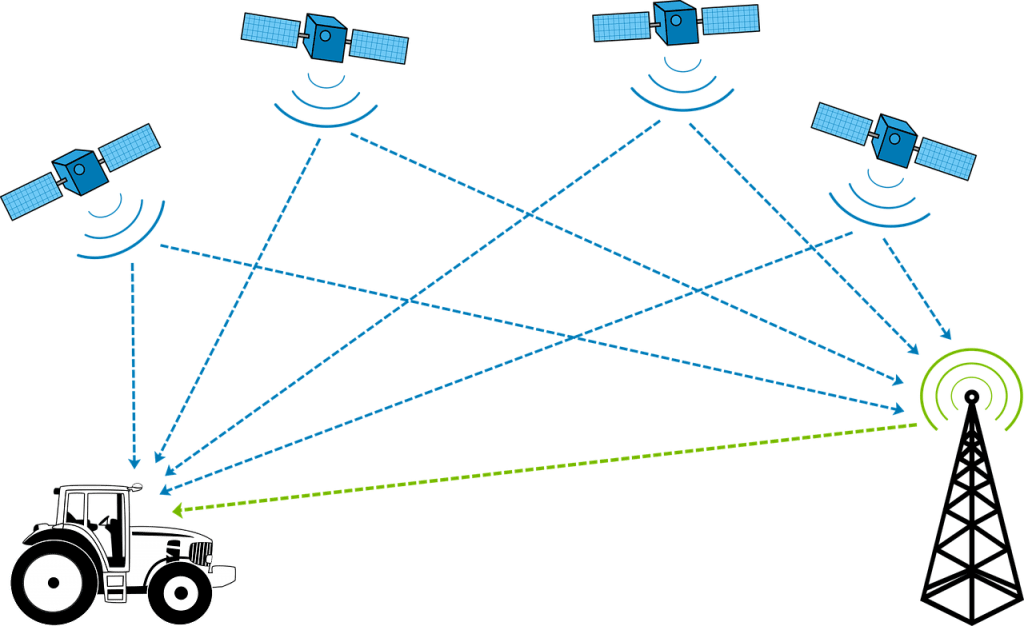
In most practical situations, a few meters is good enough. For things like public transit apps or your Google Maps usage, it’s good enough to know where you are and where the objective is. But it helps to be more precise.
For instance, for precision agriculture, you need precise positioning systems. The same goes for things like drones or self-driving vehicles, which need to know precisely where they are in space. Surveyors in particular benefit from accurate positioning — whether it’s faulty infrastructure, or any object or structure of interest, it helps to be able to mark exactly where it is.
A new generation of hardware and software is making strides in terms of GPS precision. It may not be long before sub-meter accuracy becomes common, and precision positioning systems become commonplace. Coverage is also an issue: many areas on Earth still have subpar (or no) satellite coverage, and improving access can be one extra step towards improving people’s livelihoods.
GPS has truly revolutionized the way we go about our lives. Thanks to satellites and very precise clocks, we have a way of knowing where we are on the planet using a single device located in our pockets. Few would have guessed, when researchers found ways to slow atoms down, that it would lead to better GPS — but that’s just how science goes.


